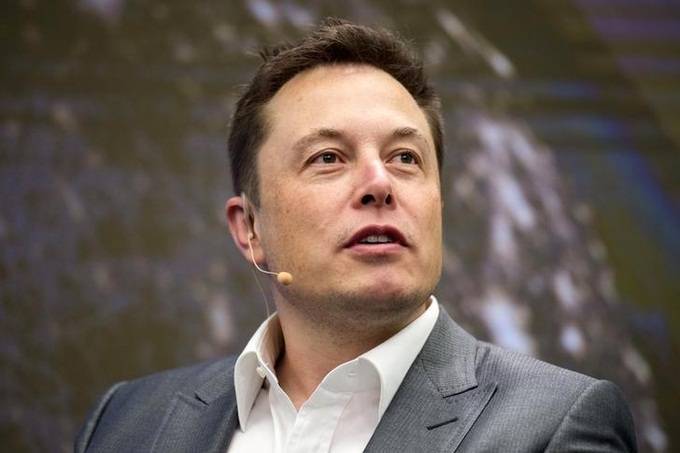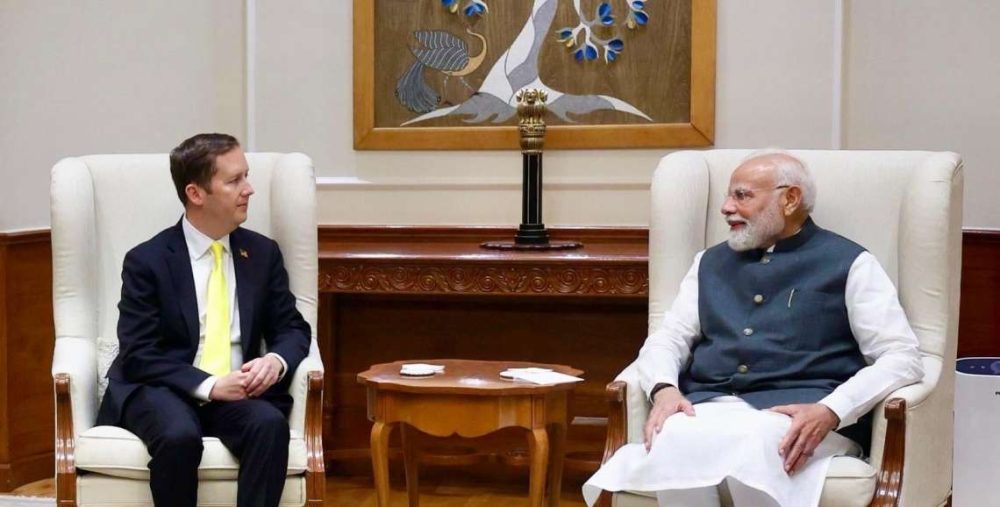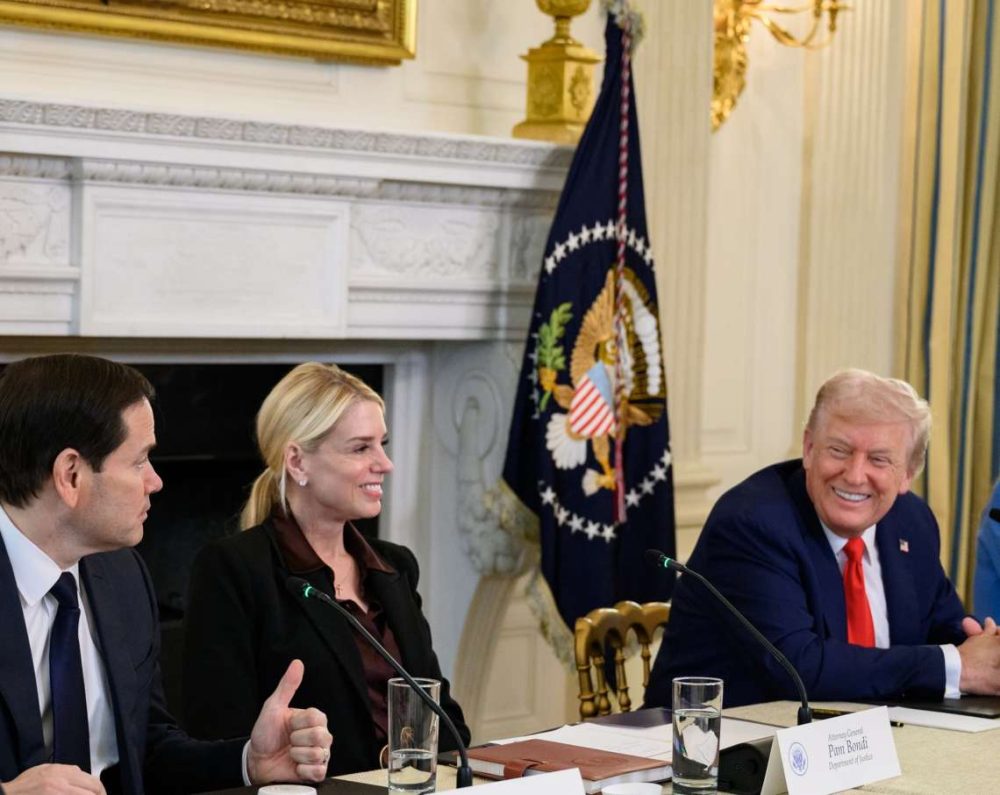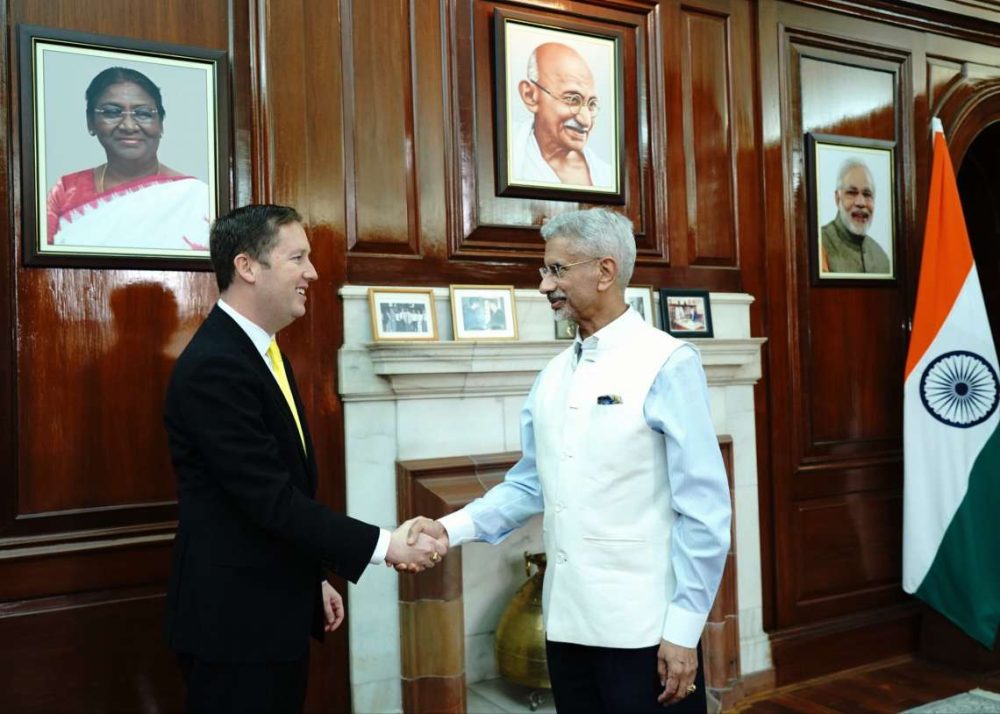US President Joe Biden unveiled this image of galaxy cluster SMACS 0723, known as Webb’s First Deep Field, during a White House event on Monday….reports Asian Lite News
James Webb Space Telescope has produced the deepest and sharpest infrared image of the distant universe to date.
The $10 billion Webb telescope, is an international programme led by NASA, European Space Agency and the Canadian Space Agency.
US President Joe Biden unveiled this image of galaxy cluster SMACS 0723, known as Webb’s First Deep Field, during a White House event on Monday.
Thousands of galaxies — including the faintest objects ever observed in the infrared — have appeared in Webb’s view for the first time. The image of the vast universe covers a patch of sky approximately the size of a grain of sand held at arm’s length by someone on the ground.
The release marks the climax of nearly seven months of carefully orchestrated space operations since the telescope launched on December 25, 2021.
The telescope spent its first month after blast off trekking out to its station in orbit around what’s called Earth-sun Lagrange point 2, nearly 1 million miles (1.5 million kilometres) away from Earth on the side opposite the sun.
Taken by Webb’s Near-Infrared Camera (NIRCam), the image is among the telescope’s first-full colour images.
It is a composite made from images at different wavelengths, totalling 12.5 hours — achieving depths at infrared wavelengths beyond the Hubble Space Telescope’s deepest fields, which took weeks.
The image shows the galaxy cluster SMACS 0723 as it appeared 4.6 billion years ago. The combined mass of this galaxy cluster acts as a gravitational lens, magnifying much more distant galaxies behind it.
Webb’s NIRCam has brought those distant galaxies into sharp focus — they have tiny, faint structures that have never been seen before, including star clusters and diffuse features. Researchers will soon begin to learn more about the galaxies’ masses, ages, histories, and compositions, as Webb seeks the earliest galaxies in the universe.
Webb telescope is the world’s premier space science observatory. It aims to solve mysteries in our solar system, look beyond distant worlds around other stars, and probe the mysterious structures and origins of our universe and our place in it.














